Home>Renovation & DIY>Home Renovation Guides>How To Get Rid Of Wasps In Eaves
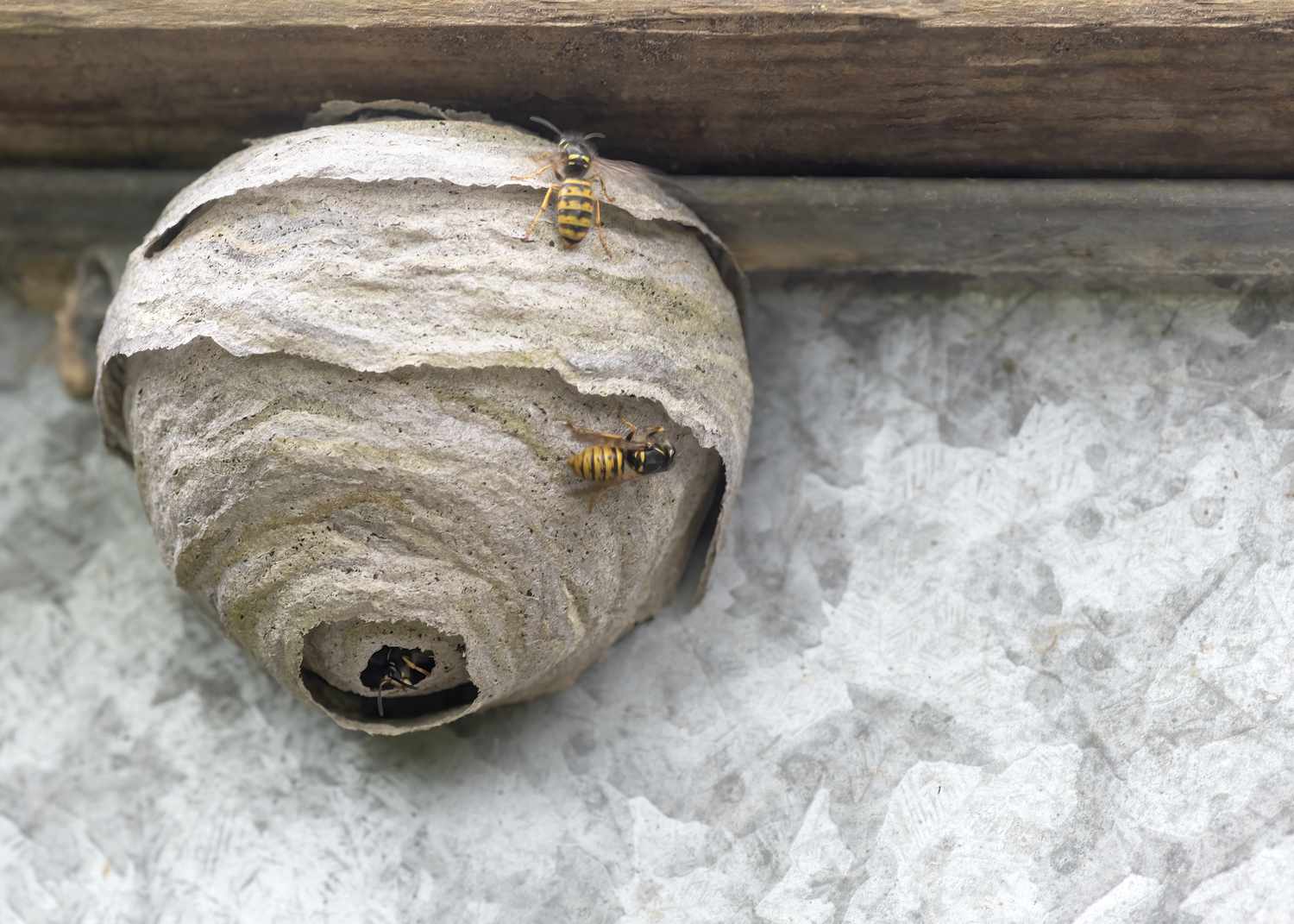

Home Renovation Guides
How To Get Rid Of Wasps In Eaves
Modified: February 13, 2024
Learn effective methods for getting rid of wasps in eaves with our comprehensive home renovation guide. Safely remove wasp nests and protect your home.
(Many of the links in this article redirect to a specific reviewed product. Your purchase of these products through affiliate links helps to generate commission for Storables.com, at no extra cost. Learn more)
Introduction
Dealing with a wasp infestation in the eaves of your home can be a daunting and potentially hazardous task. Wasps, known for their painful stings and aggressive behavior when threatened, can pose a significant risk to homeowners and their families. However, with the right knowledge and approach, you can effectively address this issue and restore peace to your living space.
In this comprehensive guide, we will explore the various methods and strategies for safely and efficiently getting rid of wasps in your eaves. From identifying the extent of the infestation to removing the nests and implementing preventive measures, we will cover every aspect of this process to ensure that you are well-equipped to tackle the problem head-on.
Whether you are a seasoned homeowner or a first-time property owner, understanding the nuances of wasp control is crucial for maintaining a safe and comfortable living environment. By following the guidelines outlined in this guide, you will not only protect your home from the perils of a wasp infestation but also gain valuable insights into proactive pest management.
So, without further ado, let's delve into the intricacies of identifying, removing, and preventing wasps in your eaves, empowering you to reclaim your home from these unwelcome intruders.
Key Takeaways:
- Safely remove wasp nests from eaves by wearing protective gear, using insecticidal dust, and seeking professional help for large or risky infestations. Clean the area thoroughly to prevent reinfestation.
- Prevent future wasp infestations by sealing entry points, maintaining cleanliness, planting repellent plants, using synthetic repellents, and scheduling professional inspections for proactive maintenance.
Read more: How To Get Rid Of Wasps In The Attic
Identifying the Wasp Problem
Before embarking on the journey to eliminate wasps from your eaves, it is crucial to accurately identify the extent of the infestation. Understanding the type of wasps present and the severity of the issue will inform your approach and ensure a targeted and effective eradication process.
Signs of Infestation
The first step in identifying a wasp problem is to look for telltale signs of their presence. Keep an eye out for an increased number of wasps hovering around the eaves of your home, particularly during the daytime. Additionally, observe the eaves for visible nests, which can vary in size and appearance depending on the species of wasp. These nests may resemble paper-like structures and are often located in sheltered areas, such as the corners of eaves or under roof overhangs.
Wasp Species
Different species of wasps exhibit varying behaviors and nesting habits. Common species that may infest eaves include paper wasps, yellow jackets, and hornets. Identifying the specific type of wasp will aid in determining the level of threat they pose and the most suitable methods for removal.
Assessment of Risk
Assessing the risk associated with the infestation is essential for planning your next steps. Consider the proximity of the nests to high-traffic areas around your home, such as entryways and outdoor living spaces. Additionally, take into account any allergic reactions to wasp stings within your household, as this can elevate the urgency of addressing the infestation promptly.
Read more: How To Get Rid Of Bees In Eaves
Professional Inspection
In cases where the infestation is extensive or the nests are difficult to access, seeking professional assistance for a thorough inspection is advisable. Pest control experts can provide valuable insights into the severity of the infestation and recommend the most appropriate course of action.
By meticulously identifying the wasp problem, you lay the groundwork for a targeted and successful eradication process. With a clear understanding of the signs of infestation, the specific species present, and the associated risks, you are better equipped to proceed to the next crucial phase: removing the wasp nests from your eaves.
Removing Wasp Nests from Eaves
When it comes to removing wasp nests from eaves, it's essential to approach the task with caution and precision. The presence of wasps can make this process potentially dangerous, so it's crucial to prioritize safety at every step. Here's a detailed guide on how to effectively remove wasp nests from your eaves:
1. Protective Gear
Before initiating the nest removal process, ensure that you are equipped with the necessary protective gear. This includes wearing thick clothing that covers your entire body, along with gloves and a face mask. Additionally, consider wearing protective eyewear to shield your eyes from any potential stings.
2. Nocturnal Approach
One effective strategy for removing wasp nests is to do so at night when the insects are less active. Using a flashlight with a red filter can help maintain low visibility while allowing you to locate the nests. Wasps are less aggressive at night, making it safer to approach and remove the nests without provoking them.
Read more: How To Get Rid Of Grass-Carrying Wasps
3. Use of Insecticidal Dust
Insecticidal dust can be an effective tool for eliminating wasp nests from eaves. Apply the dust directly into the nest entrance, ensuring thorough coverage. The dust works to exterminate the wasps and prevent their return. It's important to follow the product instructions carefully and use the dust in accordance with safety guidelines.
4. Removal and Disposal
Once the wasps have been eliminated, carefully remove the nest from the eaves. Exercise caution to avoid disturbing any remaining wasps or agitating the nest. Seal the nest in a plastic bag and dispose of it in an outdoor trash receptacle. Thoroughly clean the area to remove any remaining traces of the nest and insecticidal dust.
5. Professional Assistance
In cases where the wasp nests are large, inaccessible, or pose a significant risk, seeking professional pest control services is highly recommended. Pest control experts have the expertise and specialized equipment to safely remove the nests and mitigate the risk of reinfestation.
By following these steps, you can effectively remove wasp nests from your eaves while prioritizing safety and thoroughness. Remember to exercise caution and, when in doubt, seek professional assistance to ensure the successful eradication of wasps from your living space.
Preventing Wasps from Returning
After successfully removing wasp nests from your eaves, it's crucial to implement preventive measures to deter these pests from returning and reestablishing their presence. By proactively addressing the factors that attract and sustain wasp activity, you can significantly reduce the likelihood of future infestations. Here's a comprehensive guide on preventing wasps from returning to your eaves:
Read more: How To Get Rid Of Wasps In Siding
1. Sealing Entry Points
Inspect the exterior of your home for potential entry points that may provide access to wasps. Seal any gaps, cracks, or openings in the eaves, siding, and roof to prevent wasps from establishing new nesting sites. By eliminating these entry points, you create a less hospitable environment for wasps to inhabit.
2. Regular Maintenance
Maintain the cleanliness and tidiness of your outdoor spaces, including the areas surrounding the eaves. Keep vegetation trimmed and remove any debris or organic matter that may attract wasps. By minimizing potential nesting sites and food sources, you can discourage wasps from taking up residence near your home.
3. Wasp-Repellent Plants
Strategically plant natural deterrents, such as spearmint, thyme, and eucalyptus, near the eaves of your home. These aromatic plants emit scents that are known to repel wasps, serving as a natural deterrent. Additionally, consider hanging potted plants with similar properties in the vicinity of the eaves to further discourage wasp activity.
4. Synthetic Repellents
Utilize commercially available wasp repellent sprays or aerosols to create a protective barrier around the eaves. Apply these products according to the manufacturer's instructions to deter wasps from approaching and nesting in the treated areas. Regular reapplication may be necessary to maintain the effectiveness of the repellents.
Read more: How To Get Rid Of A Wasp Nest In A Shed
5. Professional Inspection and Maintenance
Schedule periodic inspections by pest control professionals to assess the condition of your eaves and identify any early signs of wasp activity. Implementing a proactive maintenance plan, which may include targeted treatments and preventive measures, can help safeguard your home against potential wasp infestations.
By incorporating these preventive strategies, you can fortify your home against the return of wasps and minimize the risk of future infestations. Consistent vigilance and proactive maintenance are key to creating an environment that is unwelcoming to wasps, ensuring the long-term protection of your home and the well-being of its occupants.
Frequently Asked Questions about How To Get Rid Of Wasps In Eaves
Was this page helpful?
At Storables.com, we guarantee accurate and reliable information. Our content, validated by Expert Board Contributors, is crafted following stringent Editorial Policies. We're committed to providing you with well-researched, expert-backed insights for all your informational needs.
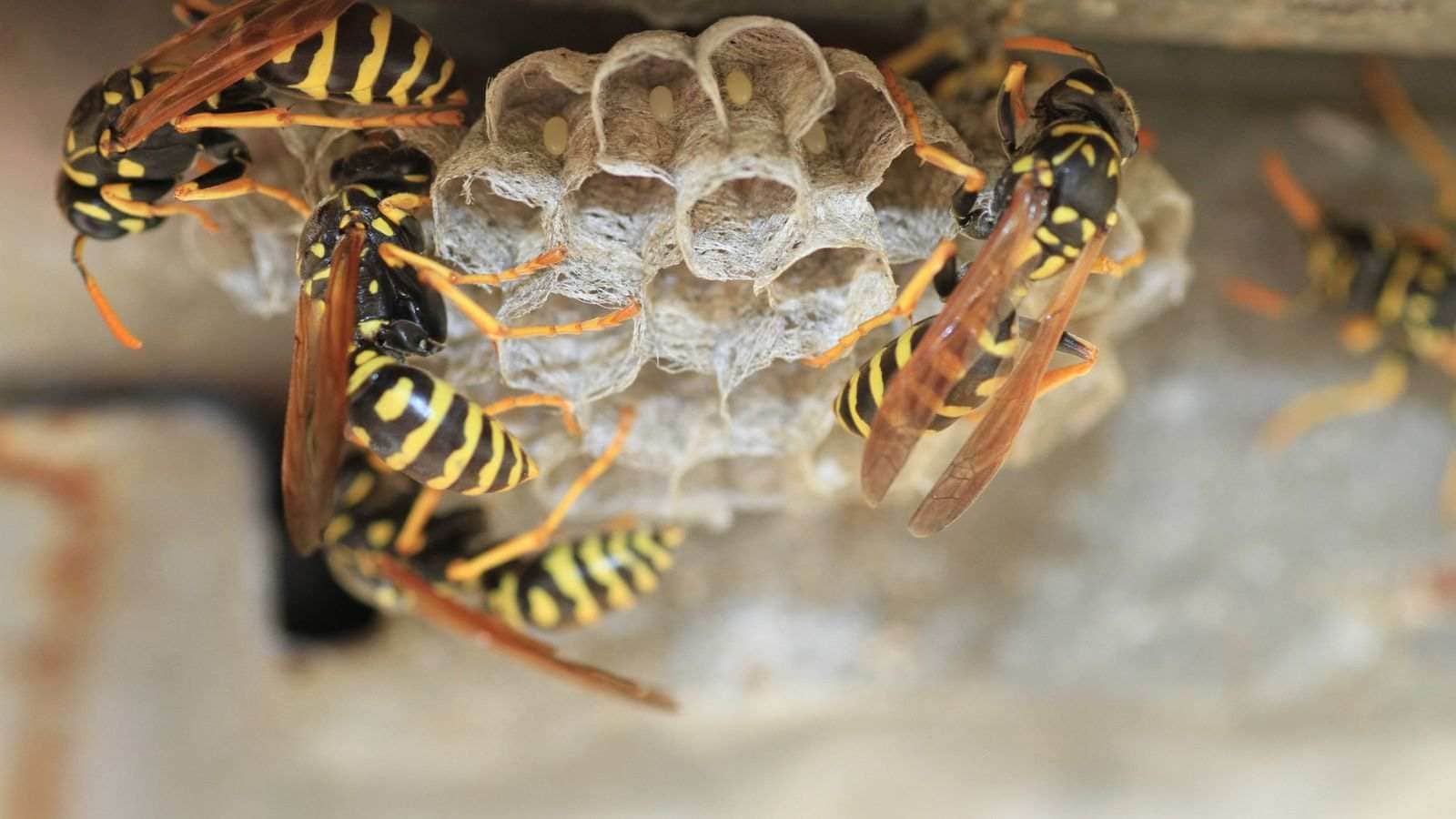
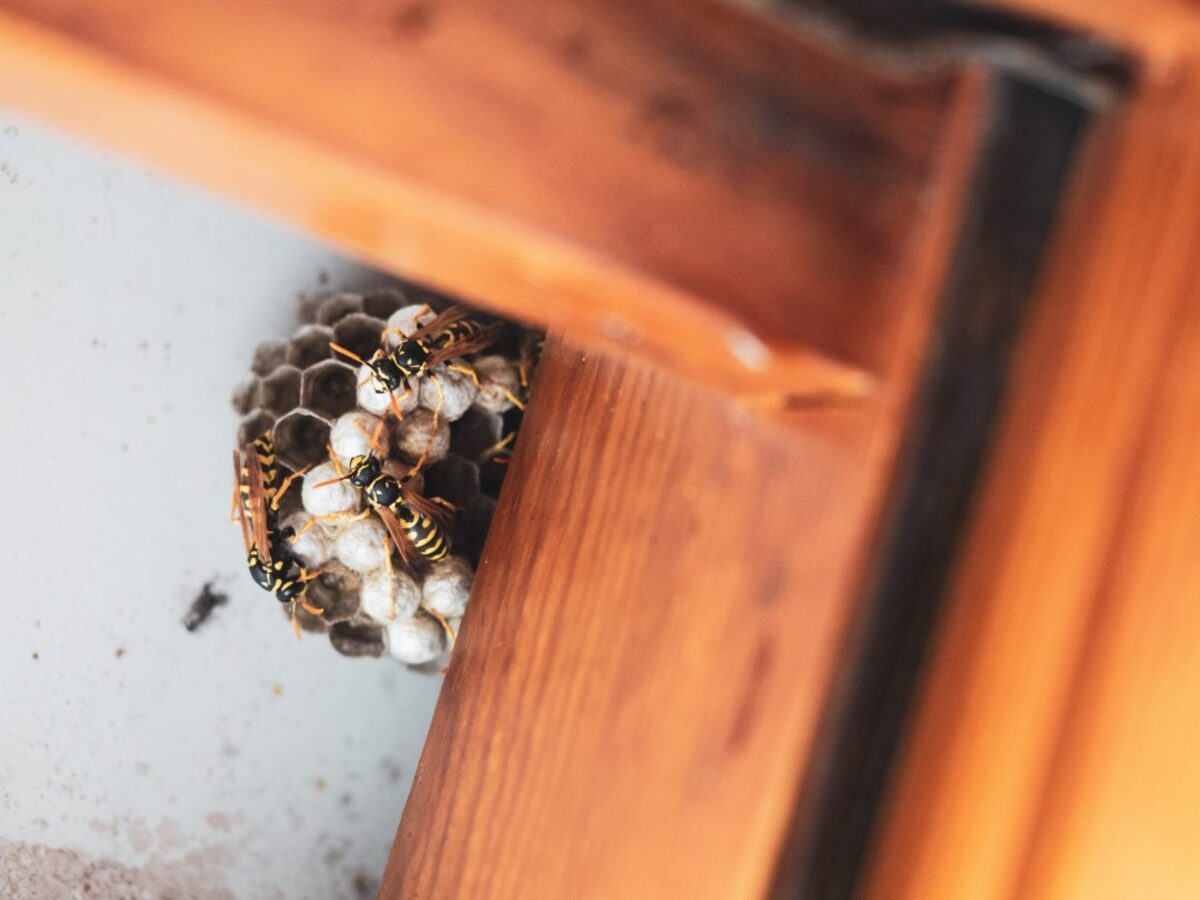

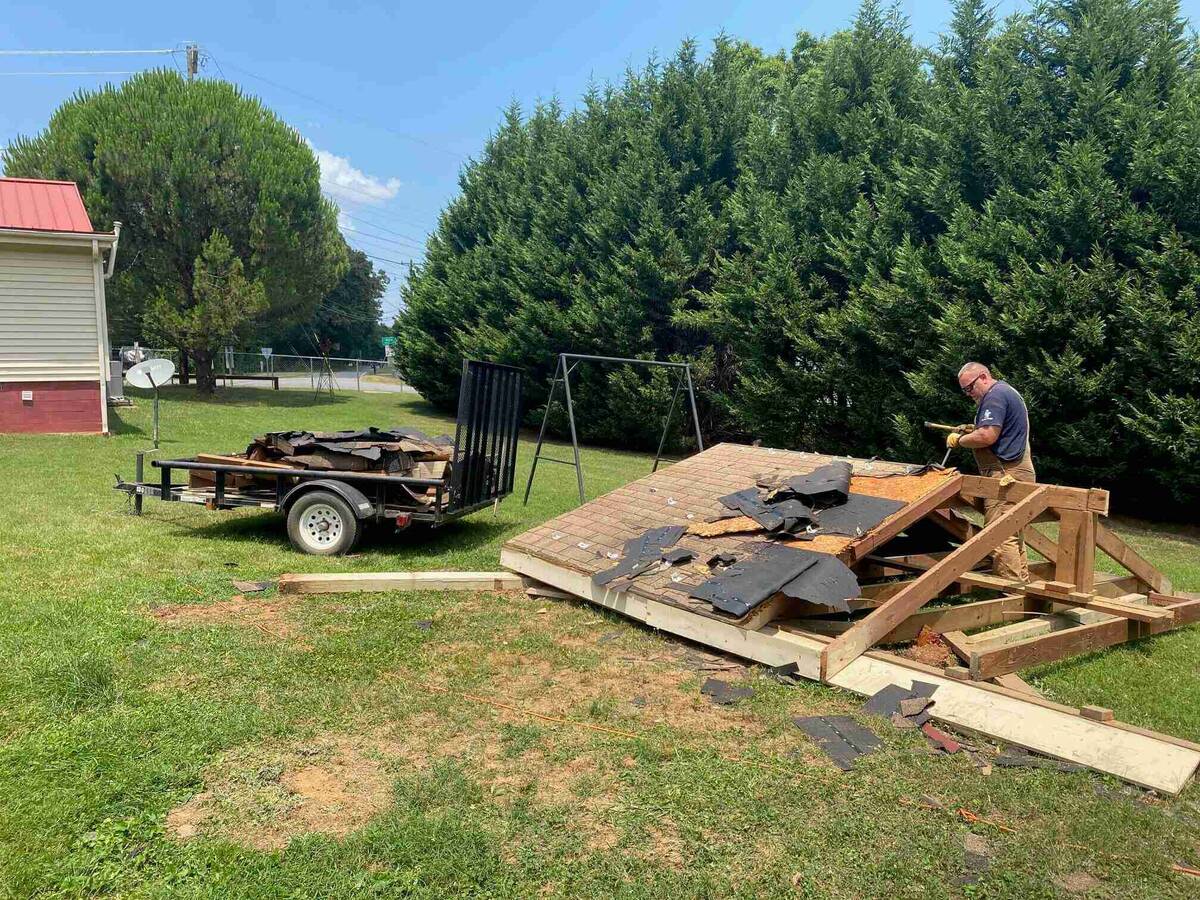



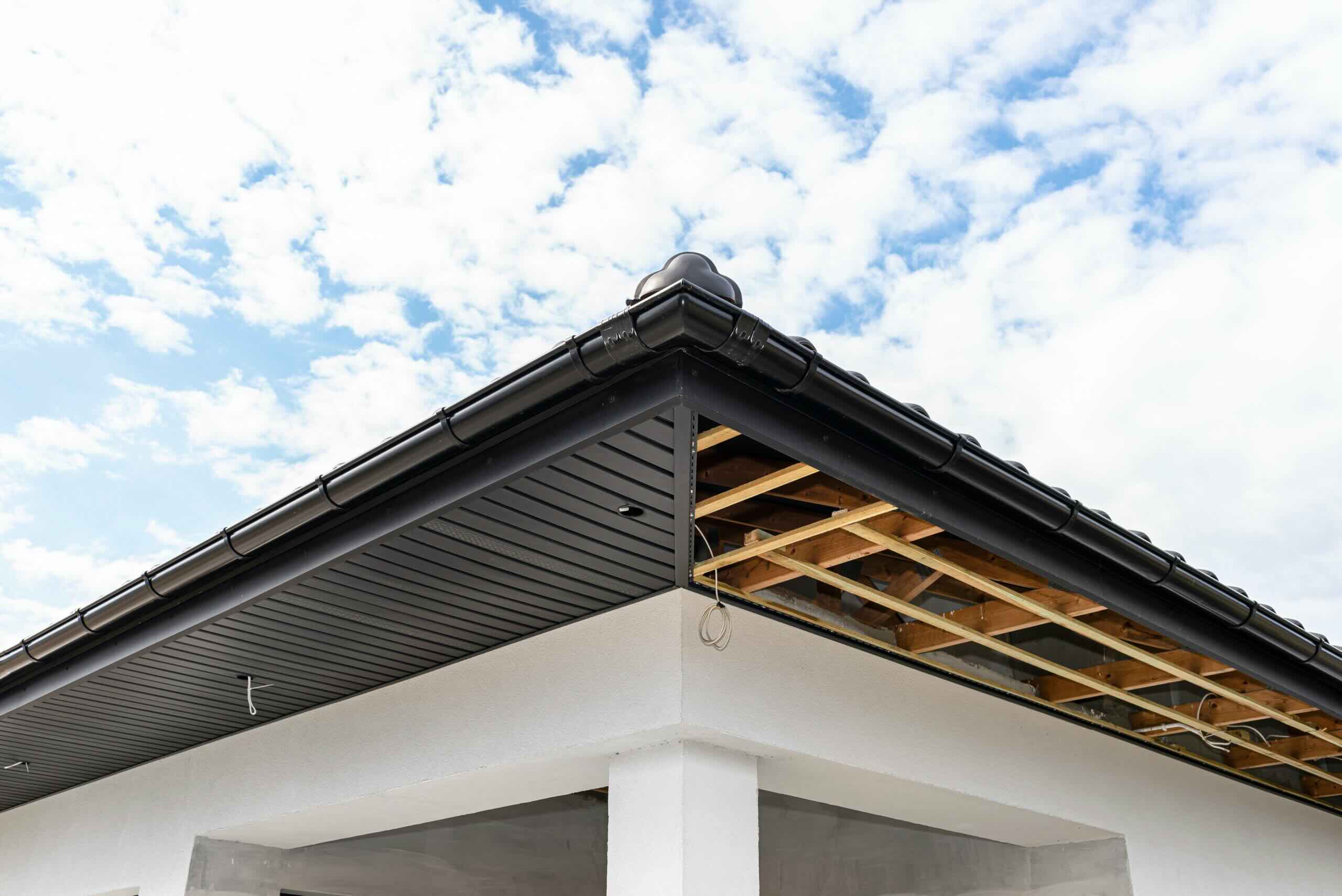
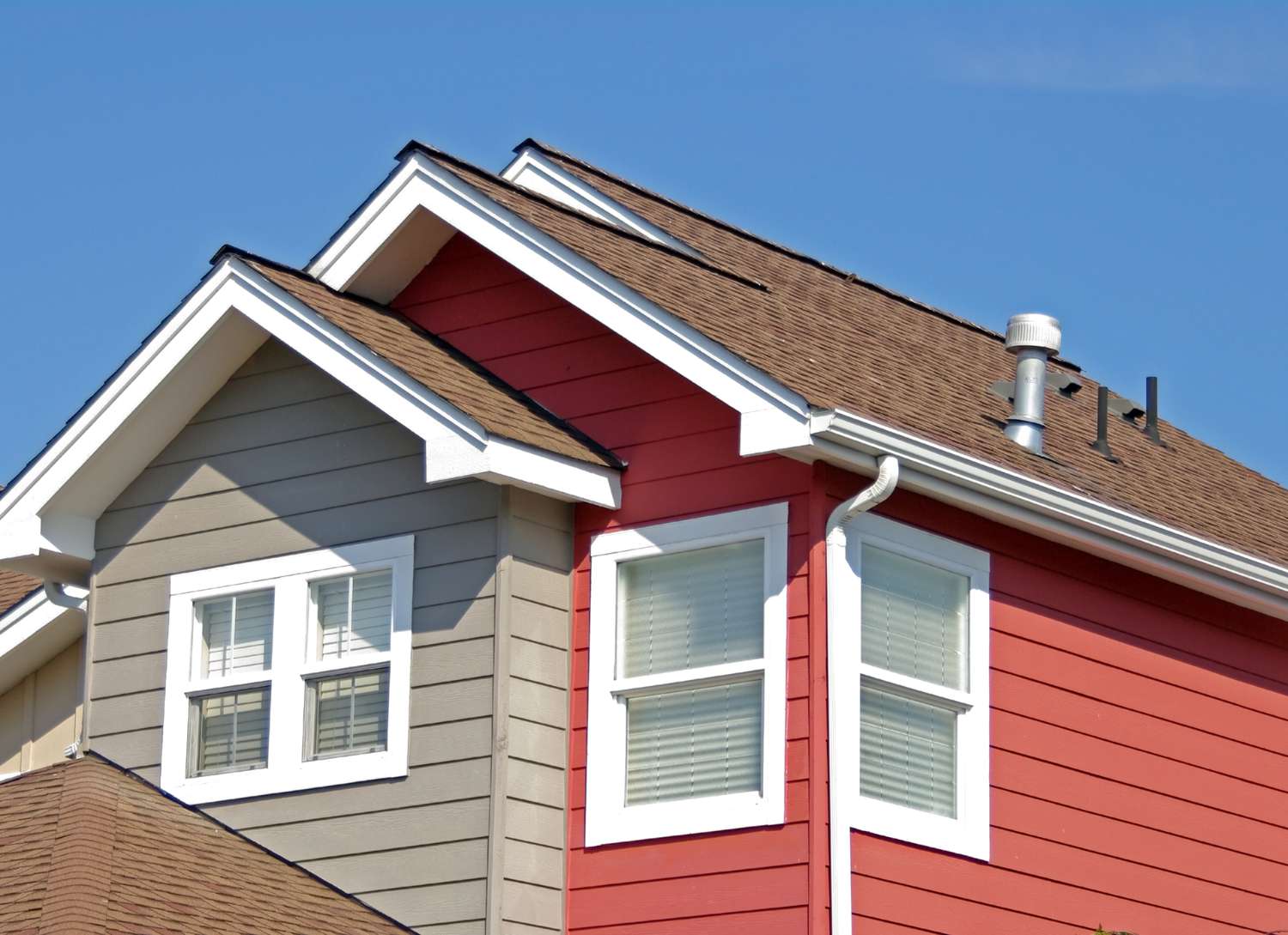
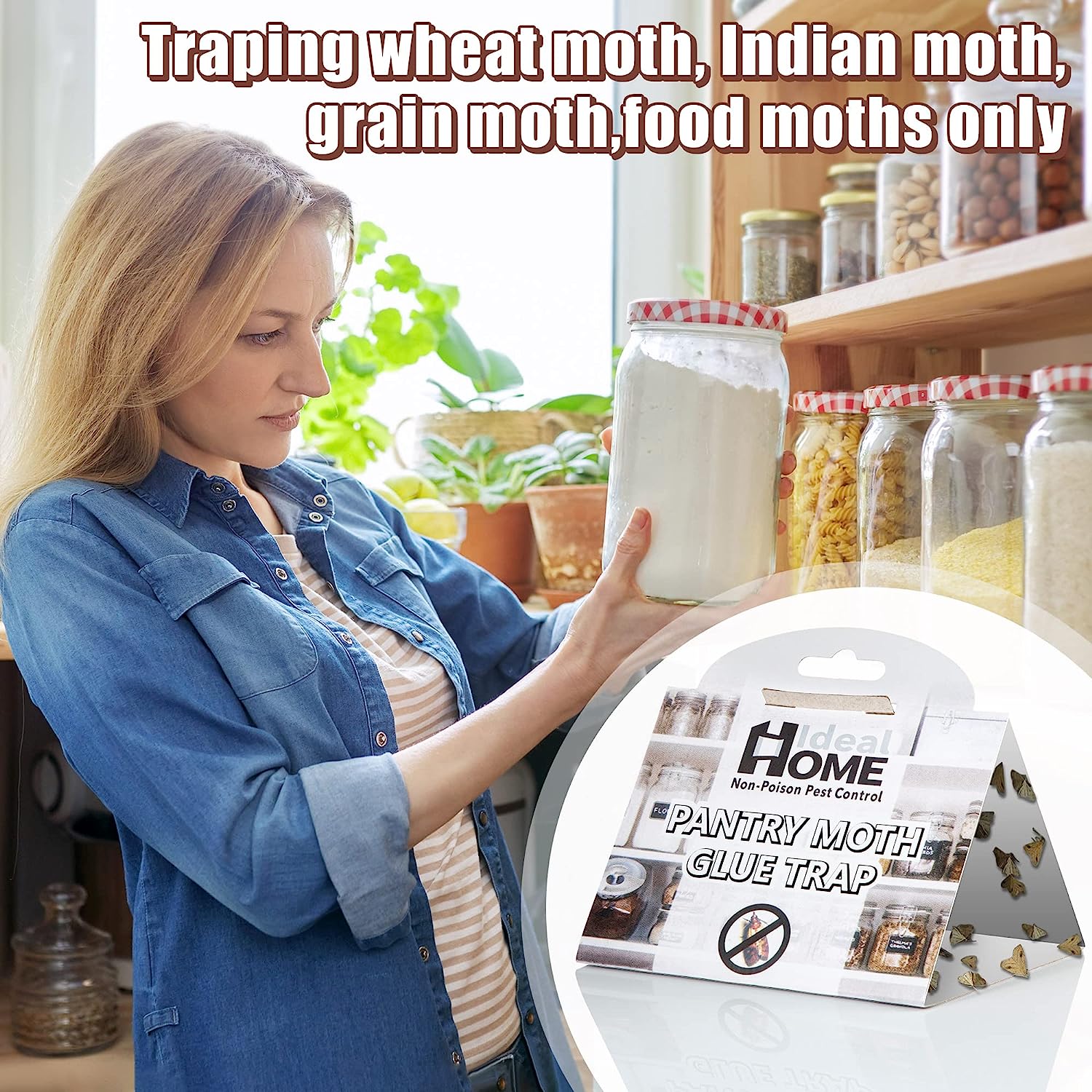
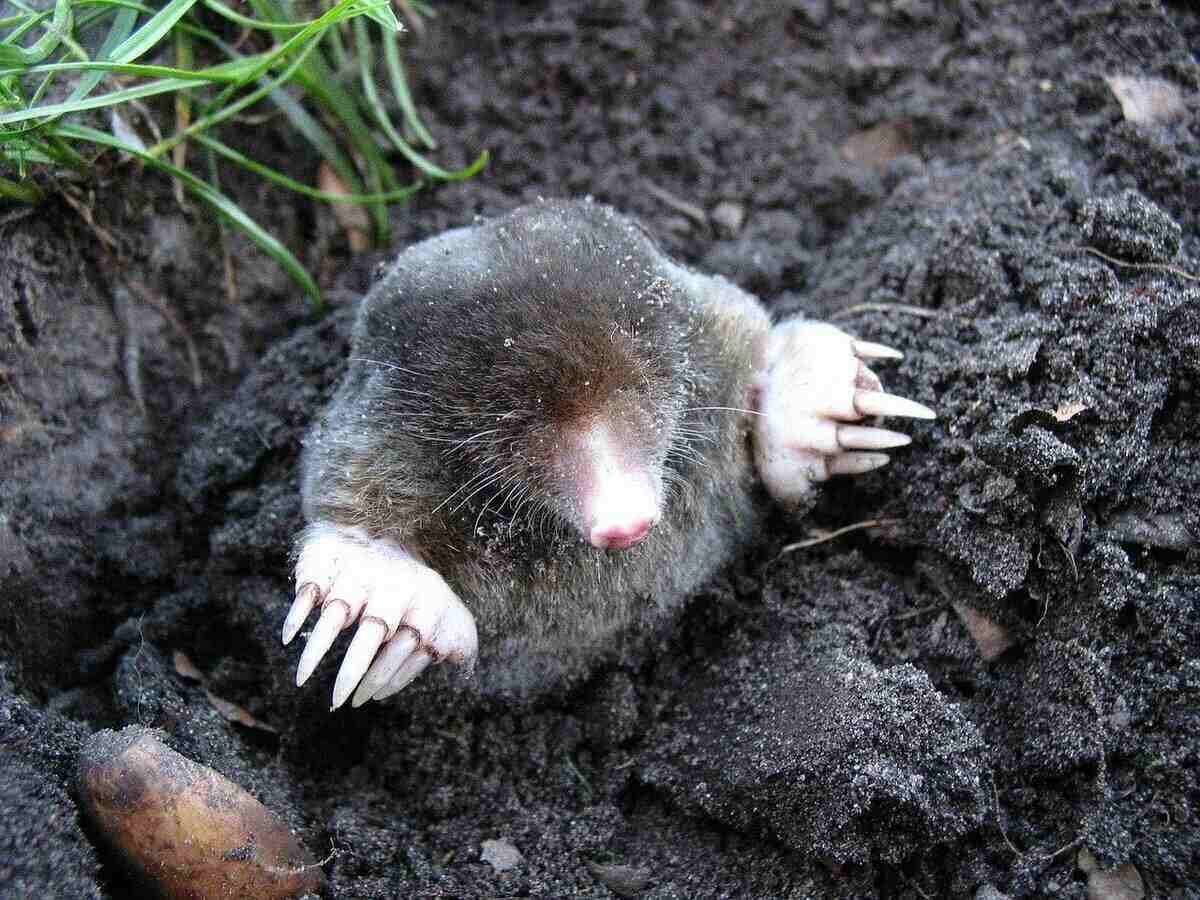

0 thoughts on “How To Get Rid Of Wasps In Eaves”